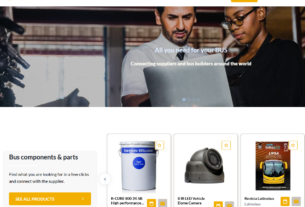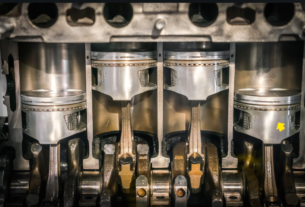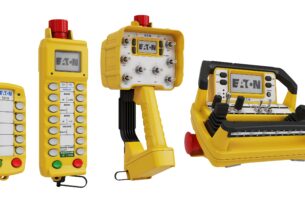
Sona Comstar has opened a new plant at Chakan in Pune to manufacture driveline products for electric and non-electric vehicles and will cater to Indian as well as customers globally. In an interaction with Rajesh Rajgor, the company’s Managing Director and CEO Vivek Vikram Singh stated that the plant has advanced technologies, equipment for testing and inspection and is expected to produce 20.1 million differential gears by FY25
Sona BLW Precision Forgings Ltd. (Sona Comstar) has opened its second-largest manufacturing plant at Chakan near Pune, which is one of India’s main automobile and manufacturing hubs. The inauguration of the new plant was graced by Hemant Sikka, President of the Farm Equipment Sector and Member of The Group Executive Board, Mahindra and Mahindra Ltd., who praised Sona Comstar’s commitment to innovation, sustainability and manufacturing excellence. Sona Comstar’s Chairman Sunjay Kapur expressed pride in contributing to India’s vision of becoming a global manufacturing hub and creating more job opportunities for the local community.
Sona Comstar’s Managing Director and Group CEO Vivek Vikram Singh said the new plant is a testament to the company’s dedication to innovation and excellence in manufacturing. The new plant is critical in scaling up capacities to fulfil the company’s large and growing net order book of Rs 238 billion. Sona Comstar’s global market share of differential gears increased from 5% in 2020 to 7.2% in 2022, according to Ricardo’s data. The company continues to dominate the Indian market for differential gears with a 60-90% market share across vehicle categories. The total investment required for this plant is estimated at Rs 231 crore.
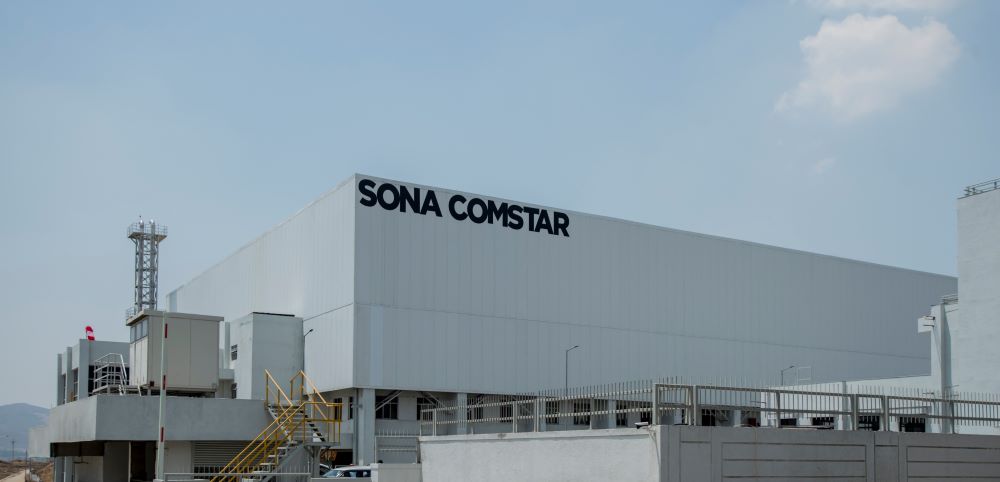
Sona Comstar attributes its success to its precision forging technology and the plant in Chakan aims to manufacture differential gears and differential assemblies for electric and non-electric vehicles. The company would continue its success in the electric vehicle segment and is developing products for the increasing intelligence and connectedness of vehicles. The company’s revenue breakdown includes exports and India’s contribution varies but was 29% for the first nine months of this year. Excerpts from the interview with Vivek Vikram Singh who elaborated on the company’s products, technologies and growth strategies:
What is the technology edge that helps the company maintain its dominant market share across vehicle categories in forged differential gears?
We are the leaders in the differential gears category in India, accounting for about one-fourth of our company’s revenue. Globally, we have a market share of around 7.2%. In the last calendar year we ranked among the top three companies in the world in this category. Our advantage in this area is our precision forming technology, which involves making net-shaped forge gears with teeth that are formed without the need for any additional processes. This technology makes our gears stronger, lighter and more economical compared to traditional overcut or machine gears, as it eliminates the need for additional machining processes. We have developed this technology through a mix of proprietary gear design software, expertise in micro geometry, in-house dye making and experience in the processes of forming, heat treatment and metallurgy.
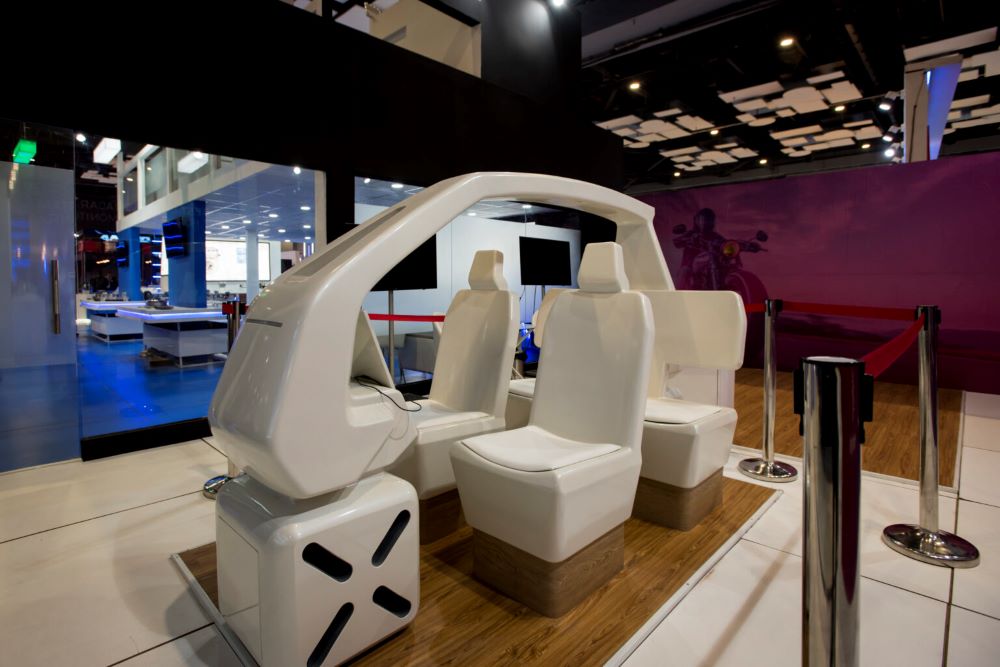
This question pertains to the expansion of the plant in Pune, which has a background in differential gears. The company started its operations in 1999 at Gurgaon and subsequently extended its presence to Pune in 2005-06. Now, it plans to expand even further to manufacture other products such as EV transmission, EV traction motors and controller units. What is your viewpoint on this expansion, not only in terms of differential gears but also for EV products?
The expansion at the Chakan plant will focus on producing differential gears and differential assemblies for electric and non-electric vehicles. Differential assemblies will be made exclusively for off-highway and electric vehicle categories, while differential gears are category-agnostic and will be used in a wide range of vehicles, including commercial and non-electric passenger vehicles and farm equipment. The western part of India has many farm and off-highway customers, and recent investments in construction equipment, tractors and farming have occurred in that area. The new Chakan plant will be the key to serving this customer base and will be 10 times larger than the previous Pune plant. This expansion will enable the company to add machines and capacity, service the entire western and southern region, and reduce freight footprint.
Can you provide information on the capacity and investment for the new plant?
The new plant has been devised with an overall investment of about Rs 200 crore and has been designed for scalability. The initial production capacity for differential gears is around 10 million units per year, but the assembly capacity is harder to estimate as it can scale up as needed. The plant has ample space to accommodate growth as the order book expands and production increases. The assembly capacity is dependent on the gear production capacity, which is the core capacity of the plant. The plant specialises in manufacturing differential gears and assemblies.
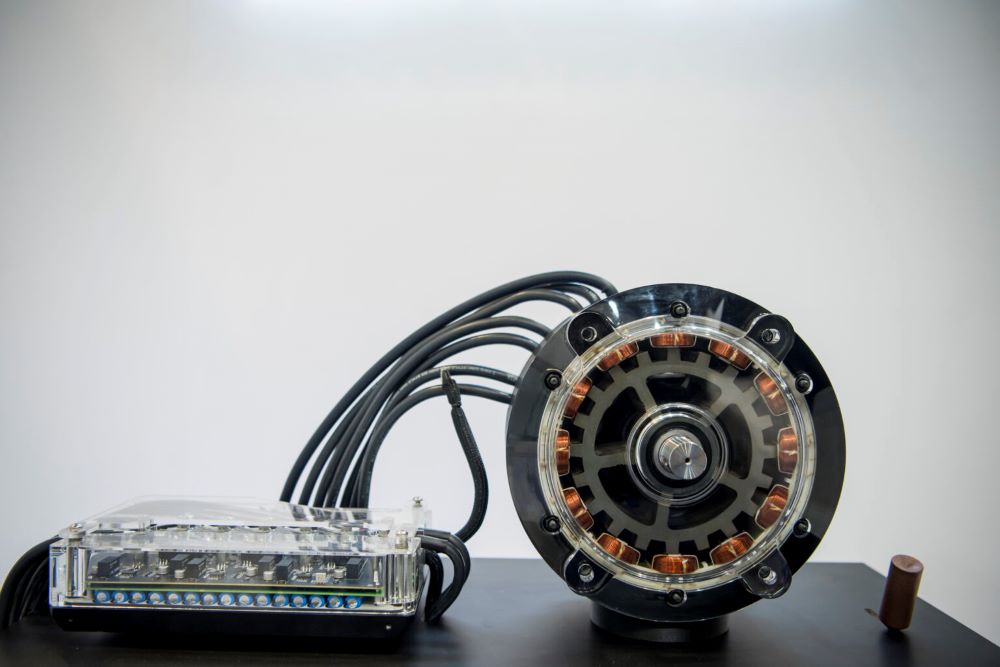
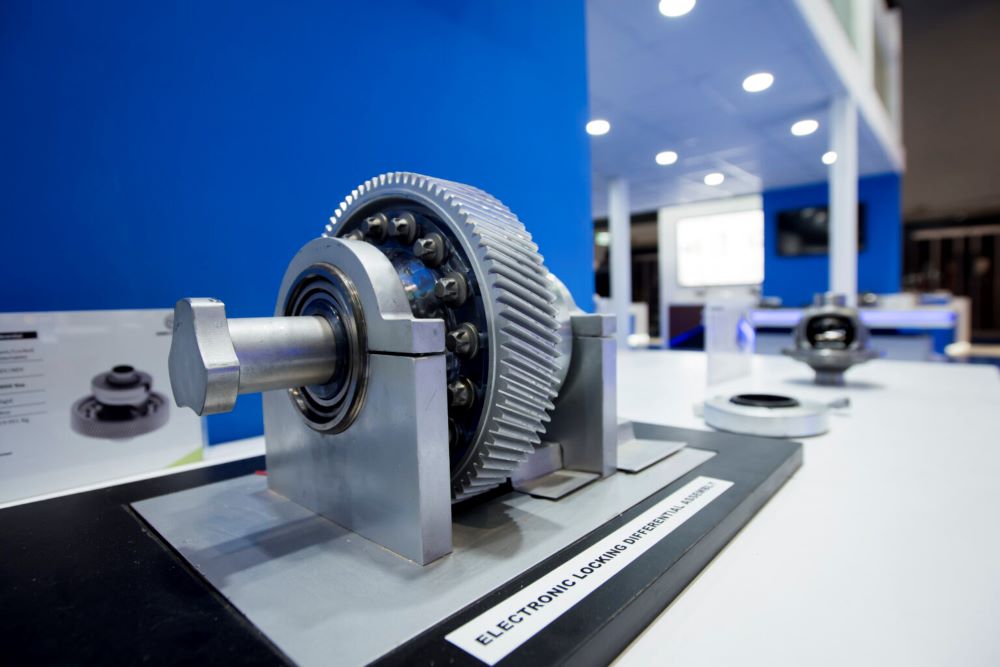
How does Sona Comstar plan to take advantage of the growing demand for electric vehicles and increasing focus on developing products for the EV market given your nine manufacturing plants and three research and development centres? Could you provide some insights into the research and development efforts for electric vehicles?
Our electric vehicle journey started back in 2016 and although revenue was low in the initial few years, it really exploded after 2019 as electric vehicles took off. Last year, over a quarter of our revenue came from the electric vehicle segment, which was quite remarkable. Our overall growth has been impressive too, going from around Rs 360 crore in FY16 to Rs 2,160 crore in FY22. We achieved this by being on trend and making a product portfolio that is pro-EV and high torque density. We also pivoted from a pure starter motor rise company to hybrid motors and full electric vehicle motors.
As more vehicles become electrified, this trend will continue to play out for at least the next five to 10 years. However, we are not sitting on our laurels and are replicating this success in the trend that is coming next – increasing intelligence and connectedness of vehicles. We are working on an integrated motor controller module (IMCM) for predictive suspension and have already received a purchase order for it. This product will come into production in FY26 i.e. CY25. As a research and development-oriented company we try to read the winds of time well and align ourselves with the prevalent trends. We aim to become friends with the future rather than fight it.
Can you explain how you maintain a balance in your product portfolio and what is your current area of emphasis? Do you prioritise commercial vehicles over two-wheelers and could you provide an overview of how you maintain a balance between these crucial categories?
In the company’s latest nine-month revenue breakdown, 69% of revenue came from passenger vehicles with commercial vehicles being the second-highest category at 14%. Off-highway is also similar. Two-wheelers and three-wheelers accounted for only 3.5% of revenue as we focus on higher-end vehicles with higher torque density and power density. The company balances its product portfolio by dividing it into autonomous product groups that have their own strategies.
The driveline business started with luxury electric vehicles and is gradually expanding into lower-end passenger vehicles and commercial vehicles. The motor business started with small one-kilowatt motors for electric two-wheelers and is now working up to 30-50 kilowatt motors for small cars and light commercial vehicles with plans to eventually move into bigger passenger vehicles. The company takes a long-term approach to product development and testing to ensure the product is ready before release.

You mentioned the split and and I am wondering if it includes exports or if it only pertains to domestic sales?
The split mentioned also include exports. The split is not based on markets but rather the overall revenue. India’s contribution varies and was 26% last year and 29% for the first nine months of this year. India has done well in commercial vehicles and tractors this year compared to last year. The rest of the revenue, around 25% to 30%, comes from overseas markets. The US is our largest market, accounting for approximately 45% of the sales.
How much of your production is localised and what parts do you still need to import considering the range of products you manufacture across categories?
According to my understanding, almost everything in our products is localised. We buy steel and manufacture our products in-house. However, there are a few specialised components such as bolts, fasteners and chips that are imported from outside. In motors, rare earth magnets are a significant challenge as India doesn’t have them. Apart from that, we import only a small percentage of components and the majority of our content is produced in India. In fact, our exports exceed imports by a significant margin.


